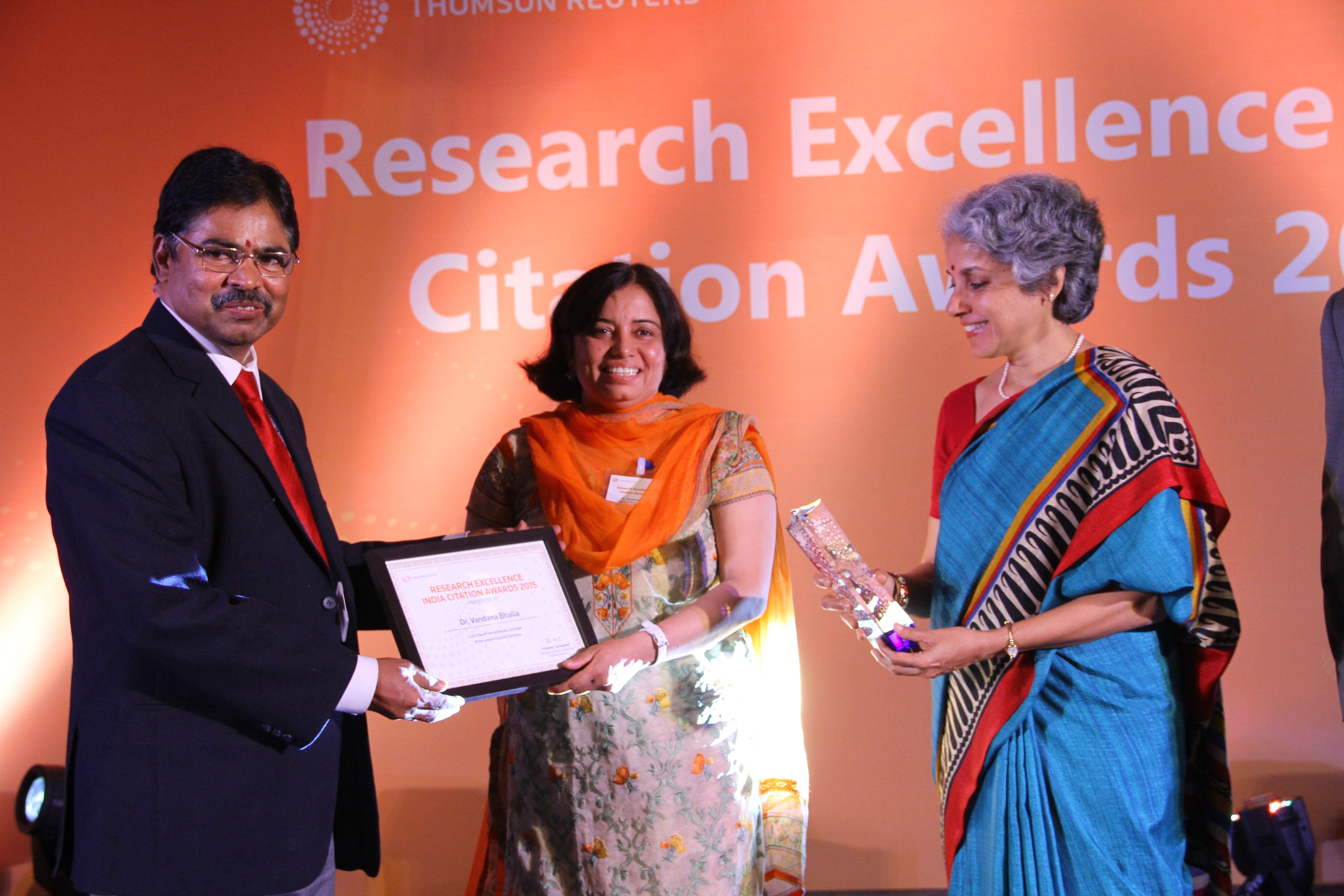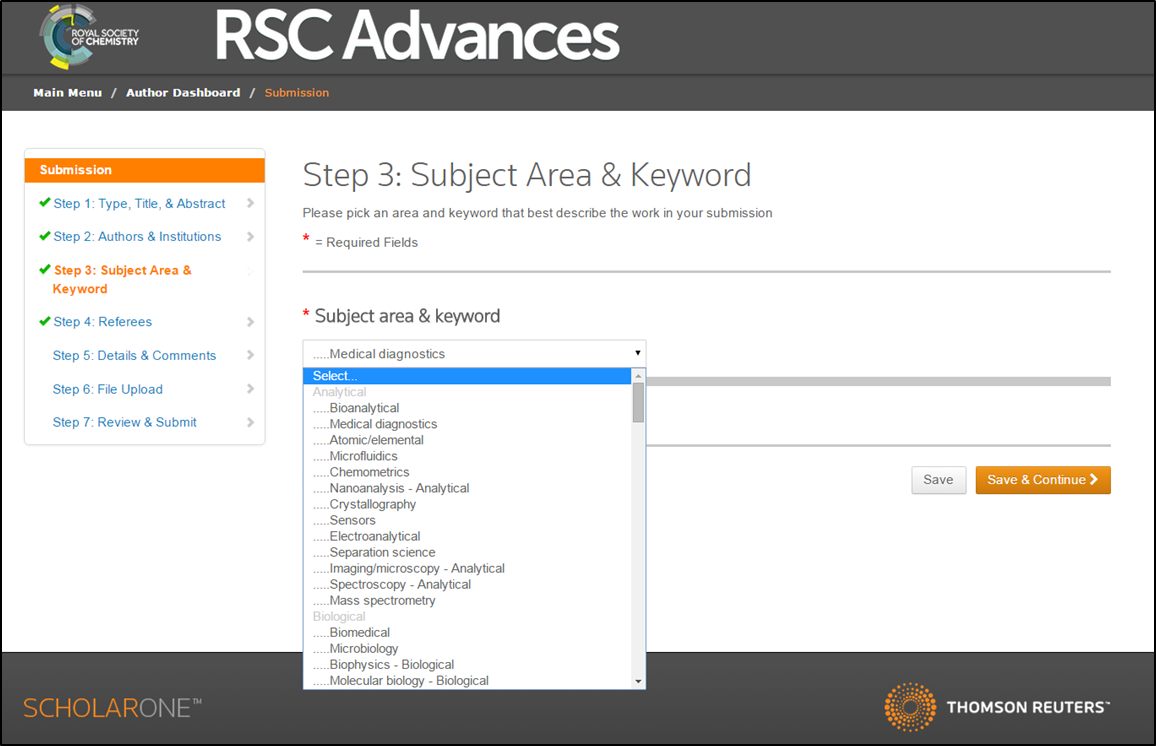We are delighted to announce that RSC Advances has for the first time passed 100,000 pages of published work in 2015. This is a great achievement that we could not have reached without the outstanding support and enthusiasm of our authors and our community.
“This milestone is a great success” said Dr Binbin Zhang, Professor Yantao Li and Professor Baorong Hou, the authors of our first published article to have page numbers in the 100,000s:
One-step electrodeposition fabrication of a superhydrophobic surface on an aluminum substrate with enhanced self-cleaning and anticorrosion properties
RSC Adv., 2015, 5, 100000-100010
“Many outstanding research groups around the world have published their research works in RSC Advances. The quality of the papers published in the Journal is high, and the research works are well conducted and advance the development of the field. We believe that the research works published in RSC Advances must be interesting and attractive to most researchers in the world.”
They went on to say that “the speed of the manuscript handling process is amazing and impressive … The professional and systematic peer-review process and the first publication of the accepted manuscript play a key role. RSC Advances is a young journal, but it has received a lot of attention from the very beginning”
Congratulations and thanks to all of our authors, who have contributed to reaching this milestone. We also thank Dr Zhang, Prof. Li and Prof. Hou for their kind words and we encourage you to read their excellent article!

















